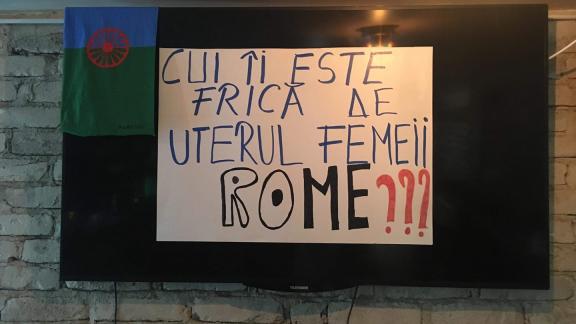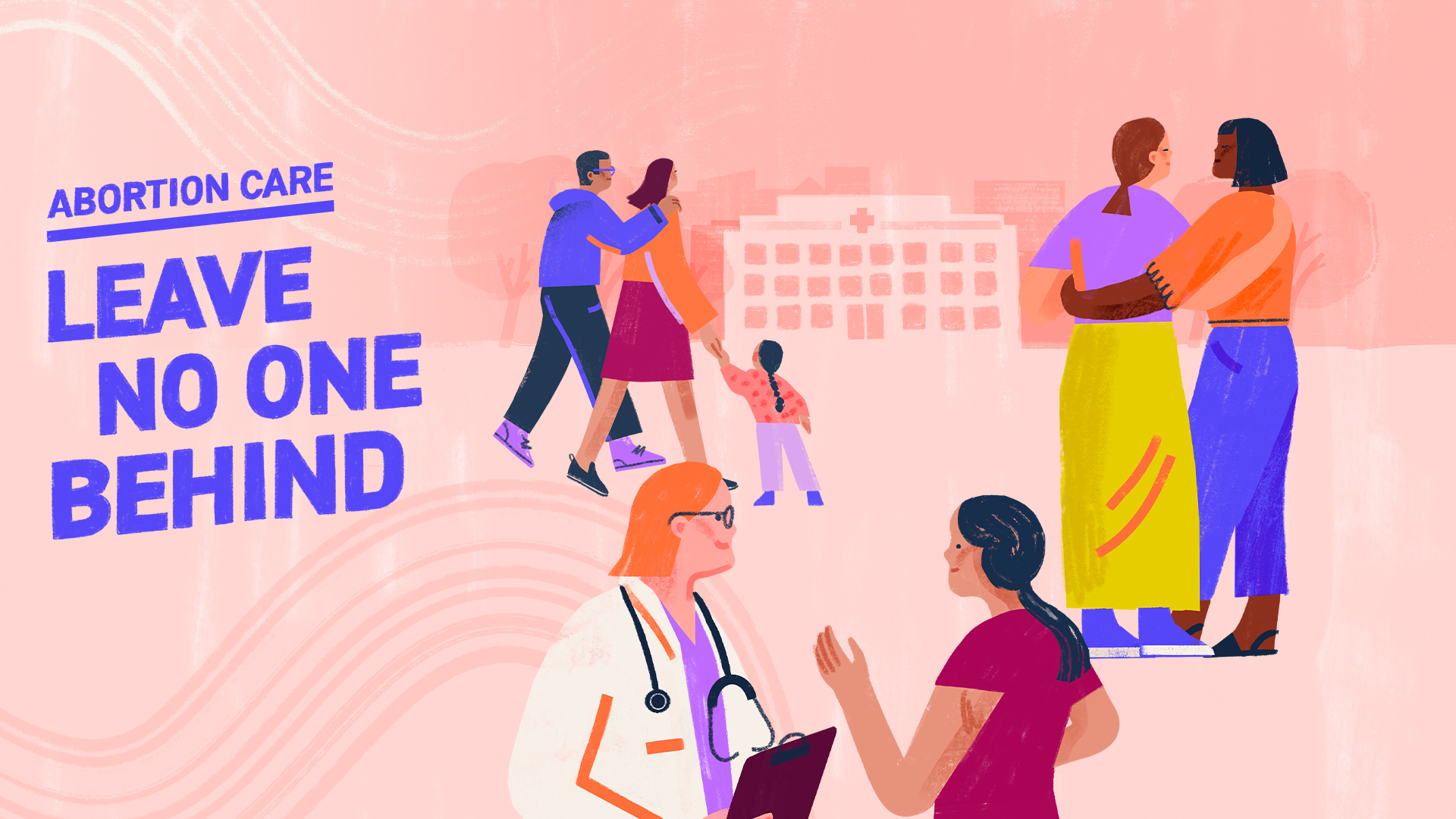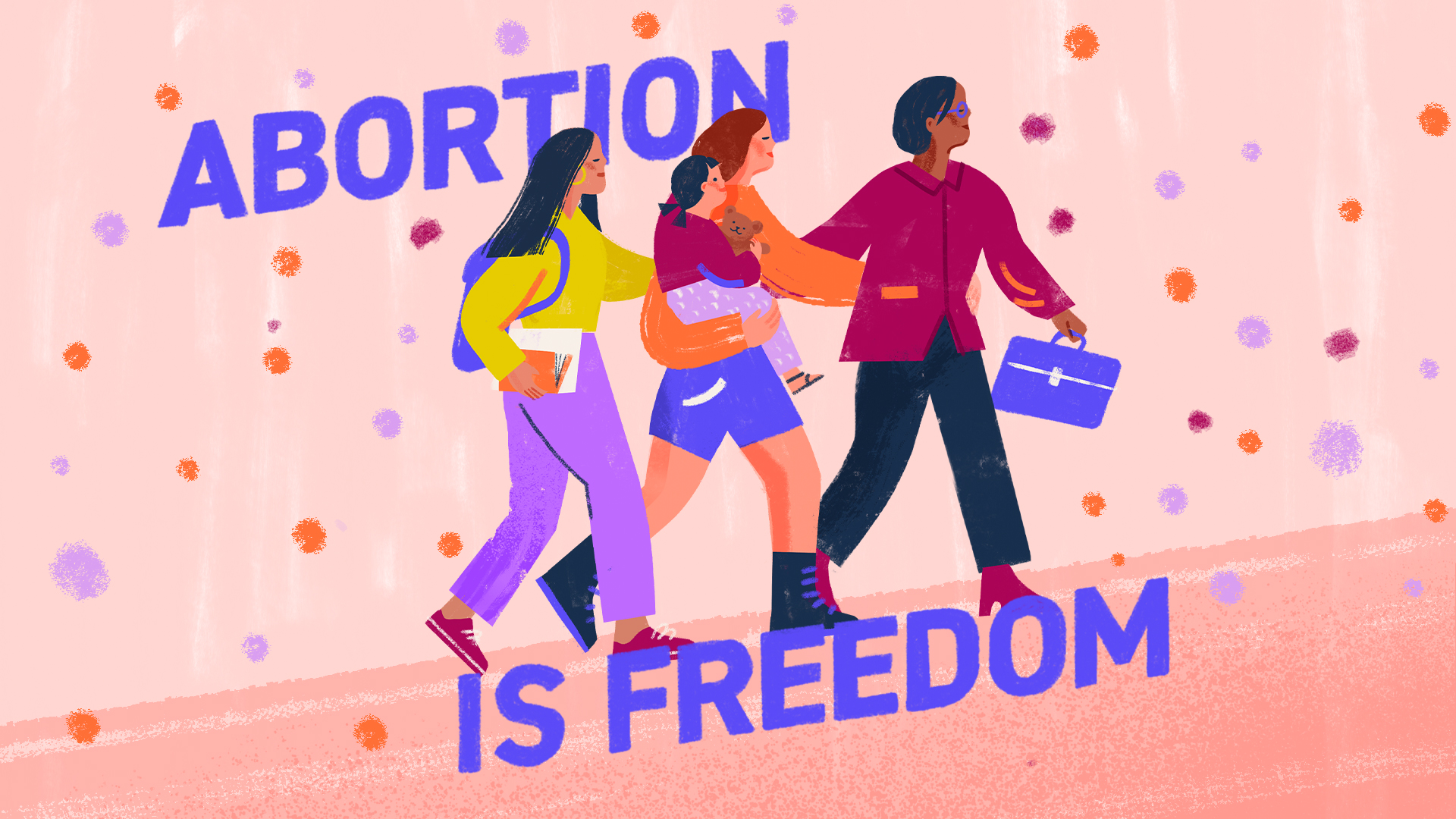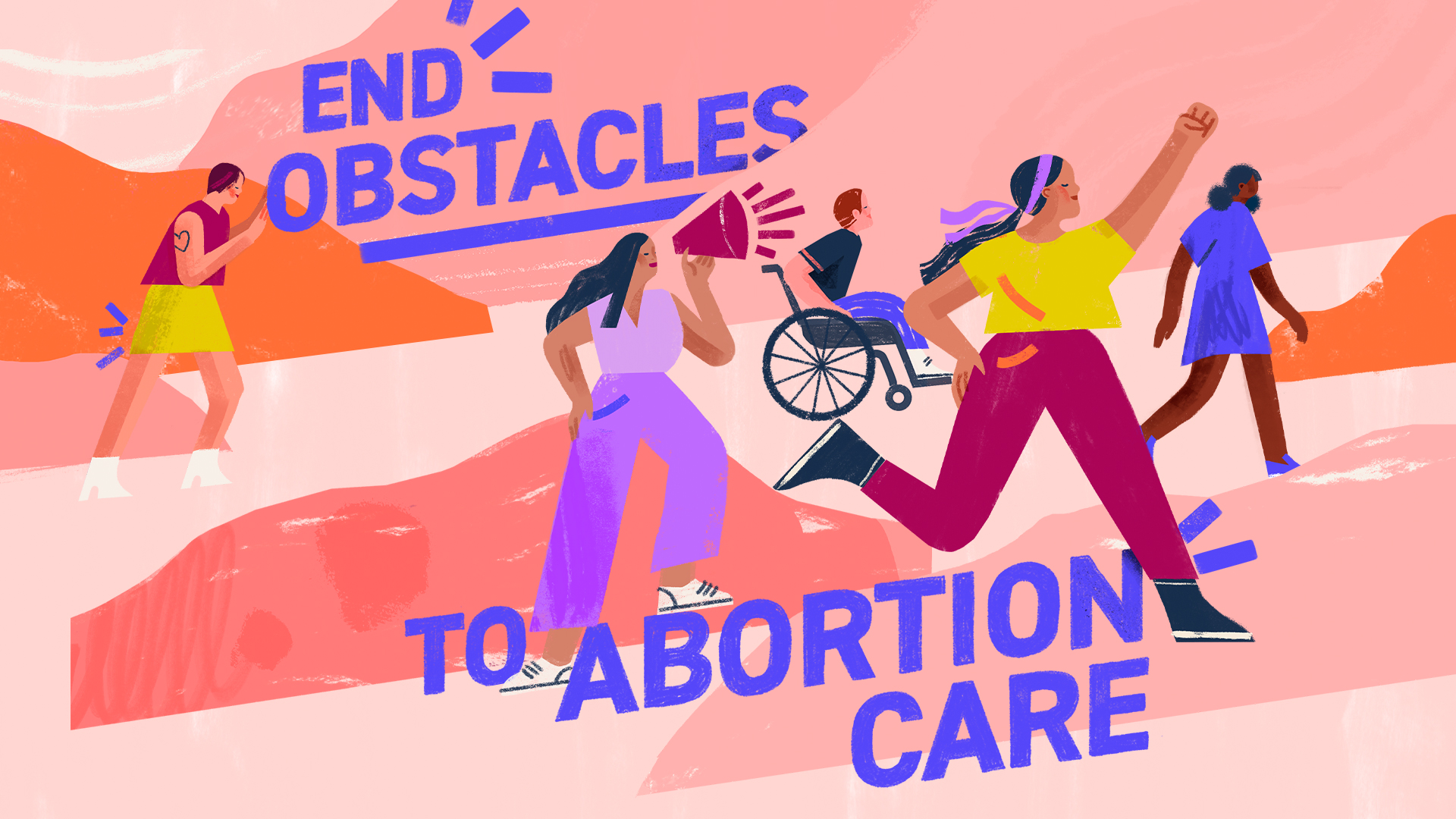For Roma women and girls in Romania, the struggle to access abortion care brings them into contact with horrific levels of racism and discrimination, hardwired into mainstream Romanian society and institutions over centuries. This discrimination prevents many of the country’s 2 million-strong Roma population from having adequate access to healthcare, education, housing, employment, and other aspects of daily life and rights. For women and girls, these challenges are magnified by sexism and chauvinism.
In this Q&A, equal opportunity expert Roxana-Magdalena Oprea of E-Romnja, a Roma women’s rights organisation, discusses the experiences of Roma women and girls within Romania’s healthcare system and why far more must be done to uphold their rights.
Could you give a brief overview of systemic barriers to the rights of Roma women in Romania?
The Roma population has long been one of the most discriminated against groups in Romania. Five hundred years of Roma slavery, the Holocaust and deportations to Transnistria, eugenic policies, and the assimilation policies of the Communist period represent systems of oppression that generated historical and political contexts in which the Roma population was systematically persecuted, abused, or even decimated. In 2020, the European Commission launched an infringement procedure against Romania for the state's failure to implement the Framework Decision on combating racism through criminal measures.
Roma women remain among the most vulnerable categories when it comes to access to education, health, housing, the labour market, social protection, and other aspects of daily life. All these systemic barriers reinforce inequalities between Roma women and the mainstream population, and perpetuate Roma women's vulnerabilities.
Looking specifically at health – infant and maternal mortality are higher among the Roma population, and Roma women in particular face additional obstacles (obstetric violence, segregation in maternity hospitals, racist attitudes and behaviours from medical staff) that make them even more vulnerable. For Roma women, the intersection of ethnicity, gender, class, skin colour, and so on creates different experiences of discrimination, as systems of oppression overlap. To illustrate, I would mention the case of a young deaf Roma woman who was denied maternity care and gave birth on a pavement outside a hospital.
What are the main cost barriers that Roma people face when trying to access abortion care?
In Romania, the cost of an abortion on request varies, from more affordable in the public system to prohibitive in the private system. The problem is that within the public health system, there are very few medical units where abortions can be performed. Many doctors refuse to perform curettages – either by invoking the option to refuse a medical act on ethical or religious grounds, or by drawing attention to a lack of appropriate medical facilities. Some doctors direct patients to private clinics where the costs depend on the procedure (medical or surgical etc), but a Roma woman cannot afford the cost of private care. Frequently, doctors’ refusal to provide abortion on request is redoubled by all kinds of contemptuous attitudes towards women who seek this type of care.
In addition to these barriers, in the case of Roma women, those from rural areas or other vulnerable groups face barriers related to access, as a trip to the nearest hospital can cost several hundred Romanian lei [$70-100]. Other barriers they encounter are poor quality insurance, lack of family planning clinics, lack of family practice physicians, and the refusal of family doctors to issue referral tickets for appointments. And let's not forget about racism.
How do institutional racism and discrimination, as well as stigma and discrimination within society at large, affect access to abortion care and increase costs for Roma communities?
Institutional racism affects the access of Roma women in general to any type of public or private services. On the topic of abortion on request specifically – I don't feel there is necessarily a stigma associated with Roma women. At the same time, there is no quantitative data to demonstrate that Roma women face more obstetric violence or discrimination than majority women when accessing reproductive health services, but as a grassroots activist I know this is happening. It is debatable why there is no quantitative data on this topic and why, every time, Roma women are left out of research that could come up with this evidence. Change occurs by directly addressing the systemic problems, not masking them, not beautifying them, not making them invisible.
It is also important to look at the reasons behind pleas of chauvinist politicians and other regressive actors to make contraception and abortion care accessible to vulnerable groups of women. Are their arguments of a socio-economic nature or are eugenicist ideologies behind their wish to control the bodies and birth rates of “undesirable” categories of people? It is a theme that we must reflect on!
How does intersectional discrimination affect Roma women and girls and their access to abortion care?
Public policies do not pay enough attention to the intersectional dimensions of discrimination and the causal link between systemic racism and health inequalities faced by Roma women. This lack of consideration can lead to a shallow understanding of the issues, and means that inequalities are treated in isolation, without considering the complex interactions between gender, ethnicity, class and other dimensions of oppression.
In general, the problems faced by Roma women in accessing the public health system in Romania are: prolonged waiting times; poor quality medical interventions; reluctance or refusal of doctors to consult or admit Roma patients; and humiliation, classism, and discrimination. Racism is so pronounced that even if Roma women urgently need medical services, they avoid going to hospital. Recently, an organisation that E-Romnja works with contacted us to ask us to accompany a Roma woman to the hospital for an abortion on request, to ensure that the woman would not be discriminated against.
What impact do developments at EU level have on the Roma community's sexual and reproductive health and rights?
The rise of the far right, the lack of representation of Roma women in national or international politics, anti-Gypsyism, pandemics, wars, social inequities – these are cyclical realities that cause irreparable damage to the Roma community and remain a challenge on the human rights agenda. The fear is that the Roma minority will become a target again, as happened for example during the pandemic, when the wave of hatred against the Roma intensified.
When it comes to reproductive rights, Roma women are over-represented in a negative sense. In recent history, we have plenty of examples of Romanian politicians who have spoken publicly about Roma women’s bodies and their supposed hyperfertility – their fear being that the Roma population will outnumber the majority population. Let’s not forget that in neighbouring countries (Czech Republic, Slovakia, Hungary, Bulgaria), forced sterilisation of Roma women was state policy implemented by doctors until very recently. History also indicates that in extremist regimes, sexual violence against women – especially women from vulnerable minority groups – increases and their rights are more often violated.
How does E-Romnja support women and girls' access to abortion care? What are your priority focus areas, and what do you see as main current and future threats ?
We support Roma women and girls with money – for travel expenses, medicine, and even for abortion. We also organise workshops on reproductive health topics for Roma girls and women in the communities where we work, as well as workshops with medical professionals and public authorities to raise awareness of the problems and barriers in the system encountered by Roma girls and women.
Our current and long-term priorities are challenges around sexual violence and child marriage, access to reproductive health and social services, and community development.
As for the main threats – beyond those already mentioned, I would add the lack of interest among donors/funders for this cause, and the interference of the Church in political decision-making on the subject.
***
Read more about the how high costs and a broken health system are freezing many people out of abortion care in Romania, in this recent interview with IPPF's Romanian Member Association, SECS.
Photo of protest banner by E-Romnja. The slogan reads “Who is afraid of the Roma woman’s womb?”. Roxana explains that this question results from "our historical, collective, political, and vindictive anger addressed to all racists, abusers, and aggressors, who feel disturbed and threatened by our colours, bodies, and fertile uteruses."
Article by Imogen Mathers for IPPF EN

This content is funded by the European Union through the Citizens, Equality, Rights and Values Programme.
Disclaimer: Views and opinions expressed are those of IPPF EN and do not necessarily reflect those of the European Union or the European Commission. Neither the European Union or the European Commission can be held responsible for them.
when
country
Romania












